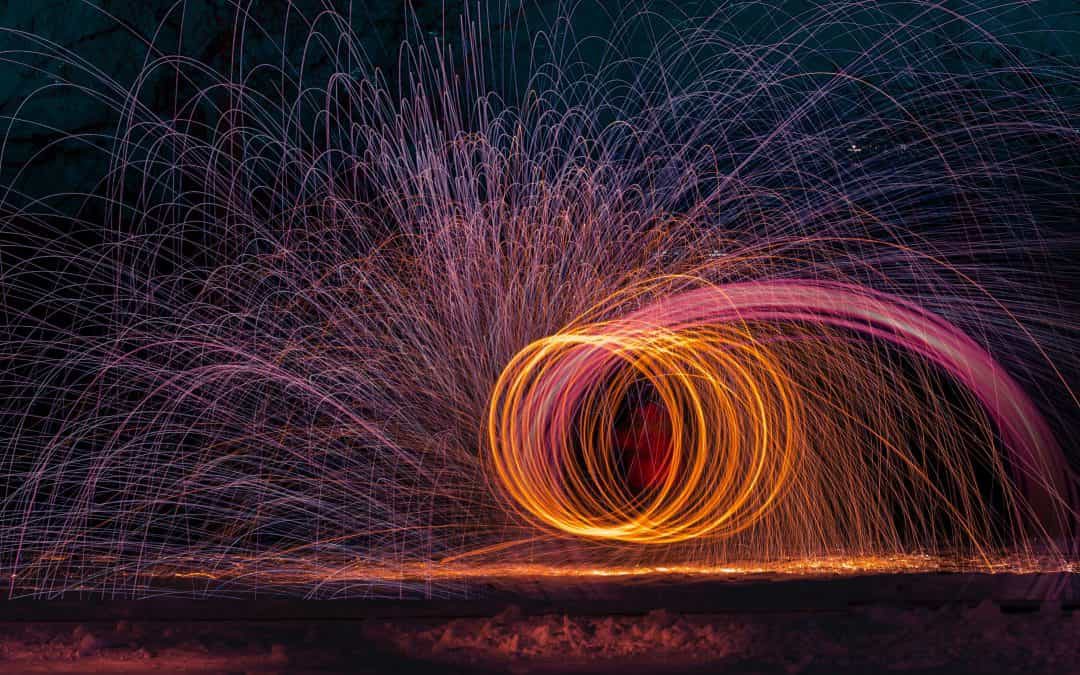Using education as a catalyst
“You can’t start a fire, Can’t start a fire without a Spark.”
-Bruce Springsteen
Everything important in life starts with a spark. Something that pushes you to action, that first step. “Spark” is also the metaphor used in developmental systems theory to describe the internal animating force that propels development forward.
The creative spark is a powerful force and needs to be nurtured and supported, requires thought and intelligence so that it becomes a fire to take on the battles and opportunities facing the world. A creative spark could be mercurial, could disappear and could also ignite and turn into an inferno. Either way industry, society and policymakers would do well by figuring out how to turn these mercurial moments into something more solid and real.
The Creative Economy is emerging as the new buzzword, today. It is being studied, scrutinized and promoted globally as the route to the future. People’s creative skills are rooted deeply in culture, traditions, history and imagination. Creative industries, therefore, not only have an impact on economic development but are strongly linked to social, cultural and sustainable development. In this modern age, creative professionals are emerging as enablers of a more inclusive, sustainable and meaningful development. The success of a creative economy depends on the creative industries and professionals who are part of the same.
The Creative Revolution is the true revolution of our times. It can emancipate individuals, and give them the power to do what they love. It is the zeitgeist of our contemporary world. So, what can be done to propel this power? This requires discourse. A discourse between people from different disciplines, from different walks of life. It requires the wisdom, know-how and patience of experience and the rashness and imagination of the young mind.
As Educators, we must be a key part of this discourse. Educators empower and nurture young minds to face tomorrow’s challenges. From primary school until college, educators have the opportunity to catalyse thinking individuals with dreams and empathy. We are well-positioned to be the match that creates the spark, the camphor that sets it ablaze, the wood that feeds the flame, the oxygen that maintains its strength and the air that helps that spread its warmth.
This has to be done consciously and with care, taking into equal consideration the changing environment in the world and the changing characteristics and aspirations of the learners
….
Here are some key areas for educators to address while developing curriculum and pedagogy:
– Ensuring a wider awareness and a multi-disciplinary mindset in our learners
– Using systems thinking to re-examine existing beliefs, assumptions, parameters and values
– Enabling the creative expansion of the technologies of tomorrow towards a more sustainable future
– Using creativity and design thinking to understand, solve and eradicate the damning global problems
– Instilling creative leadership skills for tomorrow
….
Parallelly, we need to evaluate ourselves and our teams as educators for the new world. Are we ready to be the role models our learners need?
– Are we able to foster collaborative relationships within and outside our institutes?
– Do we encourage and practice speculation and a futuristic attitude
– Are we the leaders we want our young people to be?
– Do we have an external orientation and continuously learn from the environment?
– Have we been able to leave the old behind and ignite the creative spark within ourselves?
….
The World Economic Forum used the Three-T framework to develop the Creativity Index of various nations. Namely Technology, Talent and Tolerance.
As professionals engaged in teaching and learning we need to be conscious of potential as catalysts and enablers for the new world which is based on the interplay between human creativity, ideas, intellectual property, knowledge and technology. And we have the opportunity to add empathy as a key pillar to give it a chance to be a better world.
*shared via Medium.












